In the slitting of film, paper and other materials, efficient application and precision control are the core requirements of the slitting machine, which directly affect the product quality and production cost. The following are the key optimization directions and technical solutions for film and paper slitting:
First, the key measures for efficient application
1. High-speed slitting and stability optimization
• Linear speed increase
◦ Film (such as BOPP, PET): The linear speed of the high-speed slitting machine can reach 800~1200 m/min, and it needs to be equipped with a rewinding and unwinding reel supported by air bearings to reduce vibration.
◦ Paper (such as coated paper, label paper): the linear speed is usually 600~1000 m/min, and the rigidity of the coil should be strengthened to avoid shaking.
• Rapid roll change technology
◦ Automatic splicing devices (e.g. fly splicing or lap splicing) shorten the roll change time from 3 minutes to less than 10 seconds, reducing downtime losses.
2. Material adaptability improvement
• Tool selection
◦ Film slitting: round blade (hardness HRC60+) or ultrasonic knife (to reduce adhesion), cutting edge polished to Ra<0.2μm.
◦ Paper slitting: tungsten carbide tool (better wear resistance), for high grammage paper (such as 300g/m²), the tool pressure (200~400N) needs to be increased.
• Anti-static and dust removal
◦ Ionizing air rods are installed during film slitting to eliminate static electricity (surface resistance <10⁹Ω) and prevent the material from adsorbing dust.
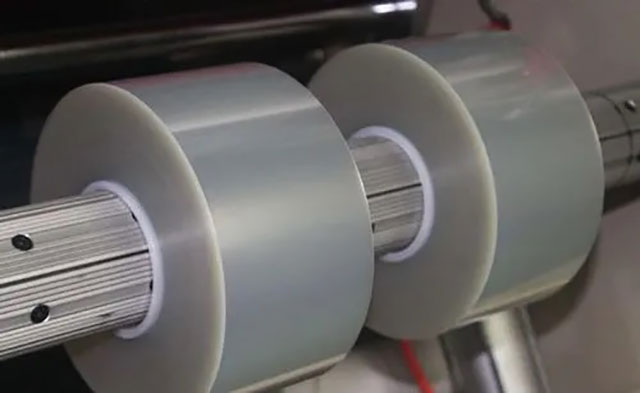
3. Automation and intelligence
• Robot integration
◦ The robotic arm automatically loads and unloads the coil (load 1~5 tons), with visual positioning (accuracy ± 0.5mm).
• Intelligent scheduling
◦ The MES system automatically adjusts the slitting width (e.g. from 1000 mm to 650 mm) according to the order requirements, and the changeover time is < 2 minutes.
Second, the core technology of precision control
1. Dynamic tension control
• Closed-loop tension system
◦ Film: tension range 5~50N (± 0.5N control), using magnetic particle brake + PID algorithm.
◦ Paper: tension 20~100N (±1N control) to avoid tensile deformation (such as newsprint elongation <0.1%).
• Web Guiding Device (EPC)
◦ Photoelectric or ultrasonic sensors monitor the edge position in real time (accuracy ± 0.1mm) and automatically adjust the lateral offset of the coil.
2. Cutting accuracy guarantee
• Tool clearance control
◦ Film slitting: The gap between the upper and lower knives is 5%~10% of the thickness of the material (for example, the gap between 12μm film is set to 0.6~1.2μm).
◦ Paper slitting: the gap is slightly larger (about 20~50μm) to avoid overheating and jamming of the tool.
• Online detection and feedback
◦ Laser width gauge (accuracy±0.01mm) real-time monitoring of slitting width, automatic alarm of out-of-tolerance.
3. Vibration and thermal management
• Vibration damping design
◦ An air cushion vibration isolator is installed at the base of the slitting machine to control the vibration amplitude at <5μm (when slitting at high speed).
• Temperature control system
◦ Tool coolant circulation (temperature 25±1°C) to prevent thermal expansion from causing cut size drift.
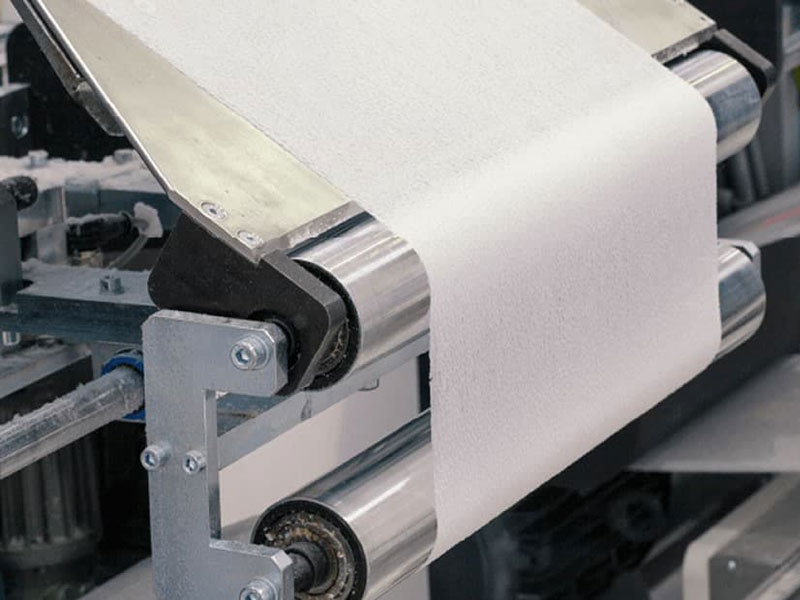
3. Differentiated solutions for film and paper slitting
| parameter | Film slitting | Paper slitting |
| Typical speed | 800~1200m/min | 600~1000m/min |
| Tension control | Low tension (5~50N) | Medium to high tension (20~100N) |
| The type of tool | Round knife/ultrasonic knife | Tungsten carbide flat knife |
| Key accuracy metrics | Burr height < 2 μm | Edge flatness± 0.05mm |
| Special needs | Anti-static, dust-free environment | Moisture-proof (humidity 40%~60%RH) |
Fourth, the application of cutting-edge technology
1. Laser slitting technology
◦ CO₂ laser (wavelength 10.6 μm) for PET film slitting, non-contact, burr-free, speed up to 200 m/min, suitable for high-precision medical packaging films.
2. AI defect detection
◦ The deep learning algorithm identifies scratches or paper cracks on the surface of the film (the detection rate is >99%), and the slitting machine automatically rejects the defective sections.
3. Digital twin simulation
◦ Virtually debug slitting parameters (such as tension and speed) to predict the slitting effect in advance and reduce the test loss by 30%.
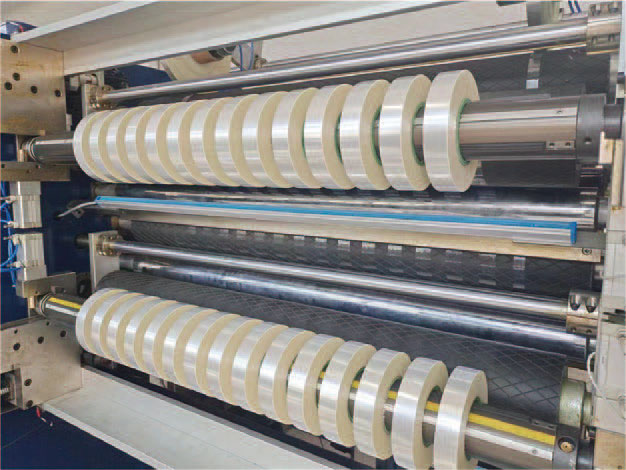
Fifth, the balance strategy of efficiency and precision
• Slitting mode selection
◦ High precision requirements (e.g. electronic films): Sacrifice part of the speed (down to 500 m/min) and give priority to ± 0.02mm tolerance.
◦ High-volume production (e.g. wrapping paper): High-speed mode (1000 m/min) is enabled, and tolerances are relaxed to ±0.1 mm.
• Preventative maintenance
◦ Check tool wear every 8 hours (edge passivation < 5 μm measured with a microscope) and calibrate the sensor regularly.
6. Effect of Typical Cases
• Film slitting: A BOPP packaging film production line has upgraded the servo tension system + EPC, the slitting efficiency has been increased by 40%, and the scrap rate has been reduced from 3% to 0.5%.
• Paper slitting: The label paper slitting machine introduces AI visual correction, and the width deviation is stable at ±0.03mm, and customer complaints are reduced by 90%.
summary
The efficient and accurate control of film/paper slitting requires a combination of material characteristics, equipment hardware upgrades (e.g., high-rigidity structure, intelligent sensors) and software algorithms (e.g., adaptive control, AI quality inspection). The future trend is to develop to an "unmanned slitting workshop", and realize the closed-loop optimization of the whole process data through 5G + industrial Internet.
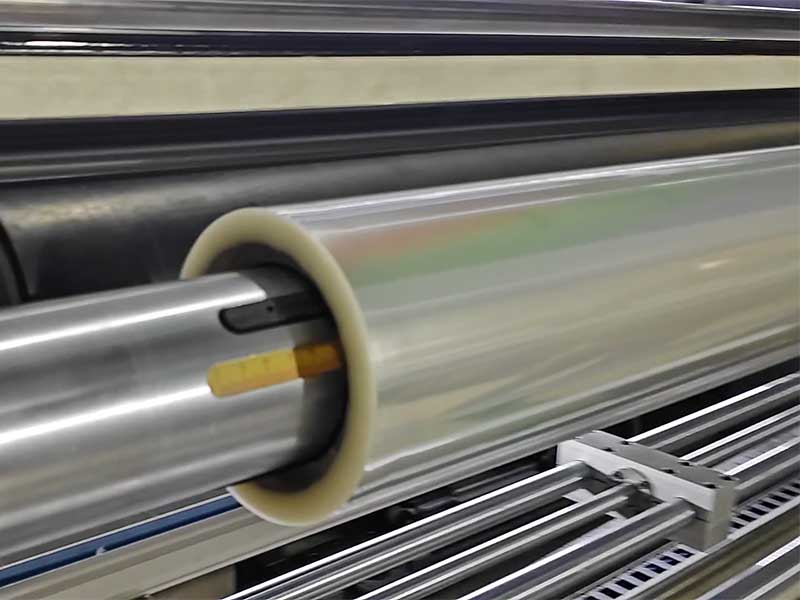
The intelligent control design of the new generation of film slitting machine represents the transformation of industrial equipment from "tool" to "partner".
20. December, 2025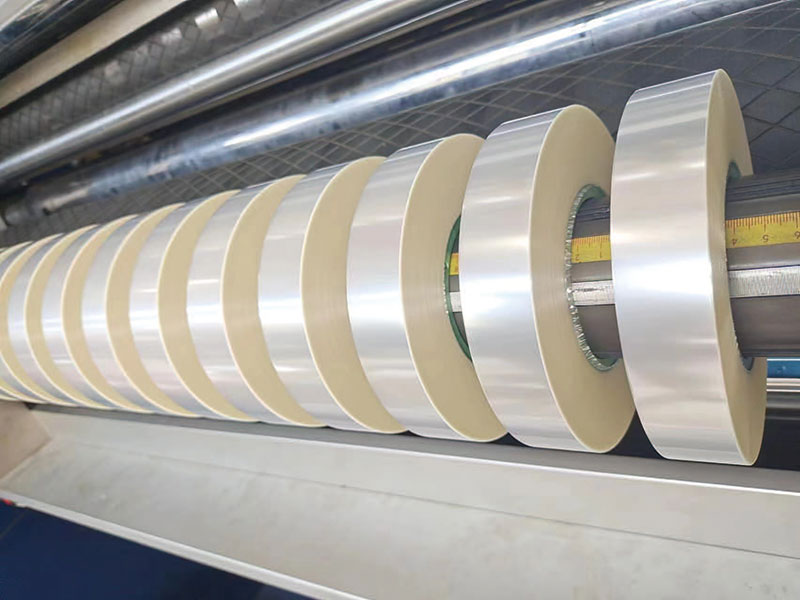
Achieving continuous 1,000 hours of trouble-free operation requires not only systematic technical upgrades, but also all-round innovation from design concept to maintenance strategy.
20. December, 2025
In the face of a dazzling array of models on the market, how to make informed decisions when purchasing?
20. December, 2025
These film materials need to be precisely cut into different widths during the production process to meet the needs of various models and components.
10. December, 2025
The automotive film slitting machine, an increasingly intelligent "cutting knife", is accurately cutting out redundant costs, inefficient processes and backward production methods.
10. December, 2025